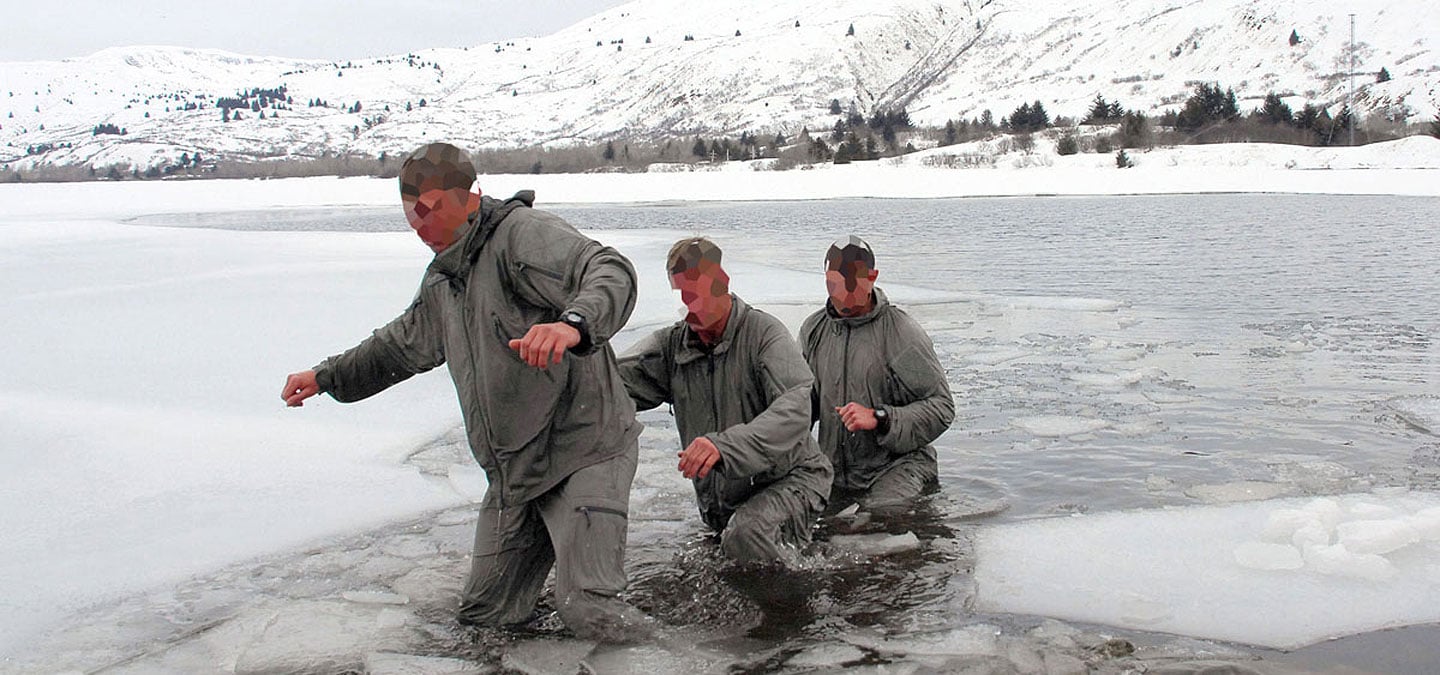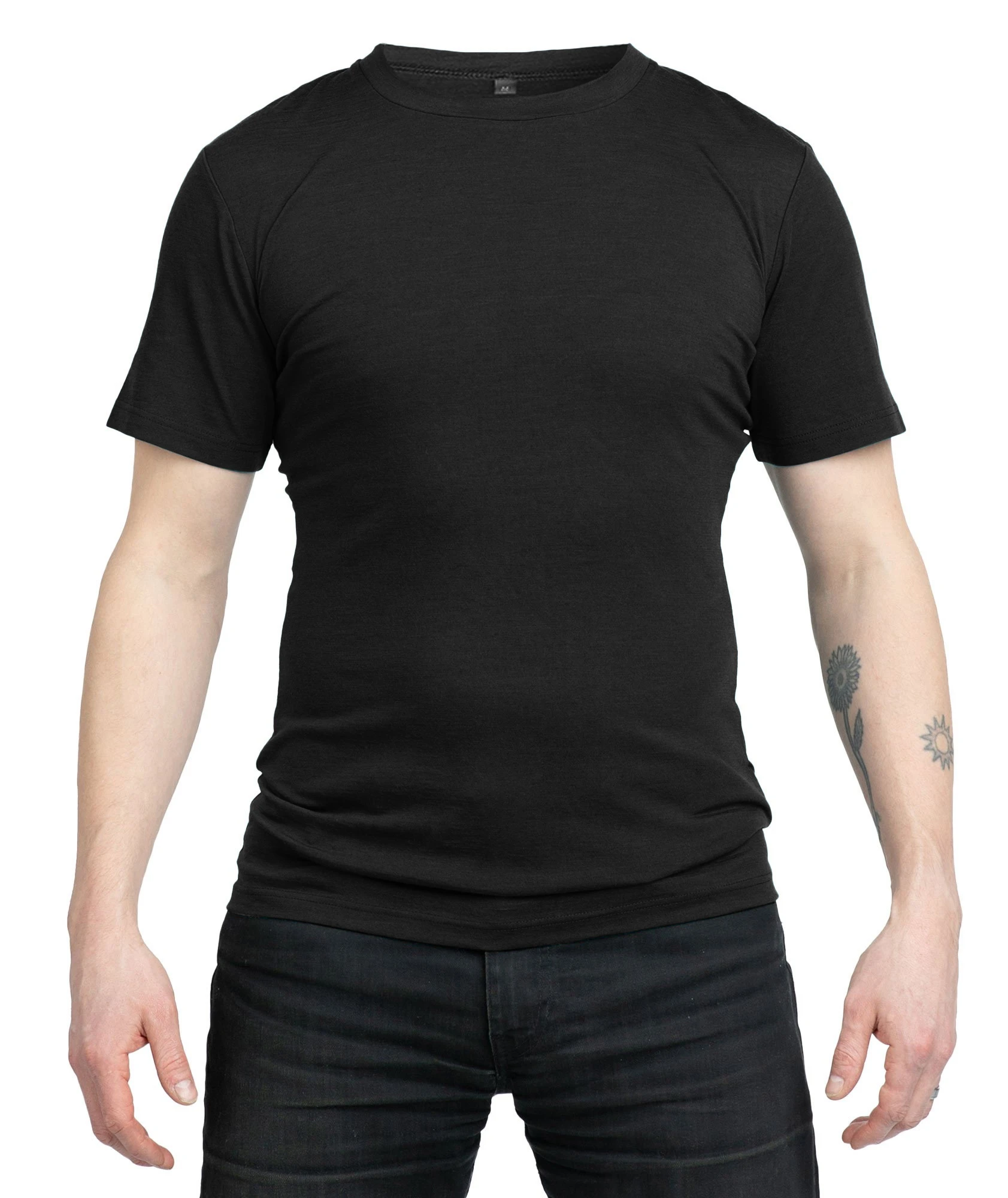Here's a good article on the US military layering system. Its very well thought out and explains how and why layers are used.
I found it handy.....

Sent from my SM-G970F using Tapatalk
I found it handy.....

The PCU Protective Combat Uniform: A Buyer's Guide and Clothing System History - ITS Tactical
During the early part of the war in Afghanistan, US forces were suffering under extreme cold weather conditions; poorly served by their issued clothing
www.itstactical.com
Sent from my SM-G970F using Tapatalk


